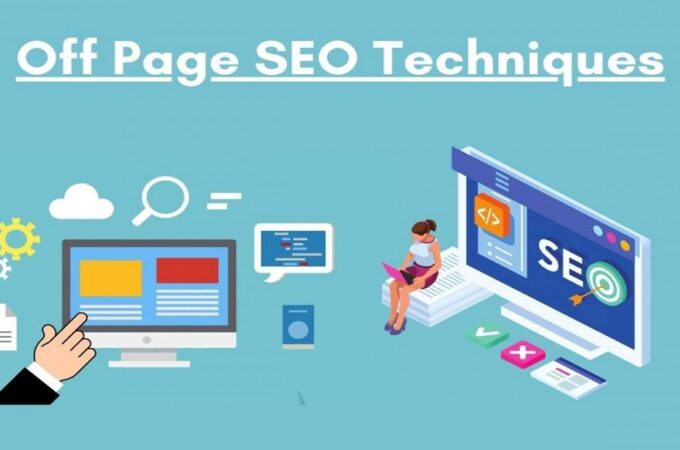
Bridging The Gap Between Business And Consumer Marketing
Implementing a nuanced and strategic approach to Search Engine Optimization (SEO) is imperative for organizations seeking optimal online visibility. SEO strategies should be bespoke, aligning with the distinctive requirements of target customers and clients.
The distinction that often guides an organization’s SEO strategy will be dependent on whether they’re a B2B (business-to-business) or B2C (business-to-customer) business. These classifications intricately mold the structure of marketing campaigns, encompassing goal setting, conversion, and retention.
Distinguishing B2B from B2C: Fundamental Framework
To comprehend the differences between how each of these different types of organizations would prioritize their SEO efforts, it is essential to grasp the fundamental operational dynamics of B2B and B2C organizations.
B2B transactions primarily occur between businesses, often involving service exchanges or relationships between manufacturers and wholesalers. Conversely, B2C revolves around individual customers directly purchasing goods or services online.
Key disparities emerge in terms of clientele: B2B caters to fewer, high-value clients, while B2C deals with a larger volume of smaller-value customers. Additionally, the decision-making process tends to be protracted for B2B, contrasting with the rapid, impulsive decisions typical in B2C.
Despite these distinctions, the fundamental marketing objectives of both B2B and B2C remain consistent: capturing attention from leads and demonstrating how their products or services address consumer needs.
SEO Implications: Bridging the Gap
Both B2B and B2C brands heavily rely on search engines to enhance brand visibility and attract high-quality traffic. The shared goal is securing optimal rankings that draw attention and prompt leads to act. However, the approaches differ based on the nature of the clientele.
Logic versus Impulse-Driven: The most notable discrepancy lies in the factors influencing customer decisions and conversions. B2C audiences are characterized by impulsive decision-making, necessitating a focus on brand awareness and a streamlined purchasing process. Emotional connection is therefore achieved through compelling website content or influencer marketing.
On the other hand, B2B leads follow a methodical approach. Each conversion holds significant value, potentially fostering enduring professional relationships. Consequently, B2B leads demand sustained nurturing throughout the conversion journey.
Personalization and Segmentation: B2B campaigns demand a heightened level of personalization, catering to niche audiences responsive to targeted messaging. Tactics such as meticulously curated email campaigns and account-based marketing, targeting high-value accounts as unique markets, prove efficacious.
While some degree of personalization is beneficial for B2C, there is far less emphasis placed on it as compared to B2B. B2C messaging aims to resonate with a broader audience, with segmentation guided by demographics or lifestyle considerations.
Metrics Awareness: Quantifiable goals are imperative for both B2B and B2C campaigns, but the specific metrics differ based on consumer behavior. B2B objectives focus on lead generation and conversion, emphasizing qualified leads or cost per acquisition. In contrast, B2C prioritizes brand awareness and loyalty, assessed through website traffic and social engagement metrics.
Elevating Marketing Success: Embracing Complexity
Tailoring marketing initiatives to the distinctive needs and preferences of the target audience is a prerequisite for success. A comprehensive understanding of the disparities between B2B and B2C fosters impactful campaigns that resonate with leads and facilitate conversions. Embrace these nuances to establish robust connections with high-quality leads, taking your marketing endeavors to the next level.
Author Bio: Aaron Wittersheim is Chief Operating Officer at Straight North, a digital marketing company. He helped startups, middle-market, and Fortune 500 companies improve organizational structure and grow through his expertise in process conception, task automation, technology and internal project management.




